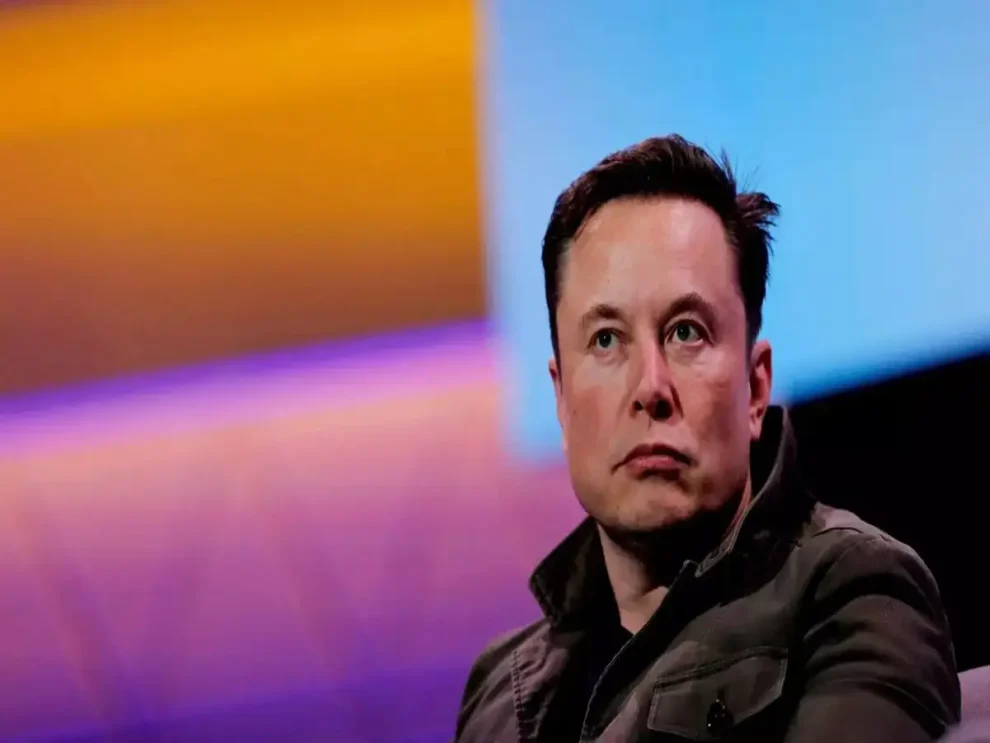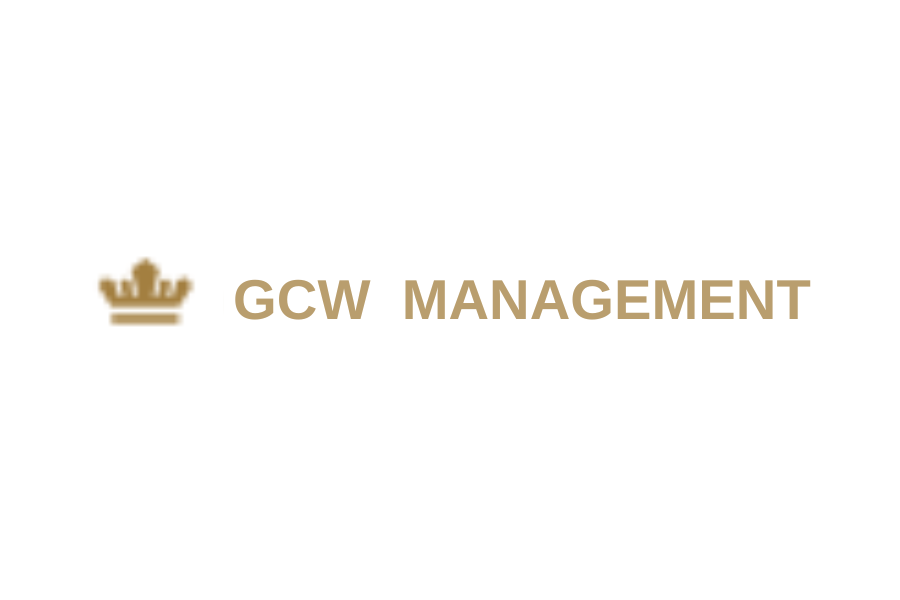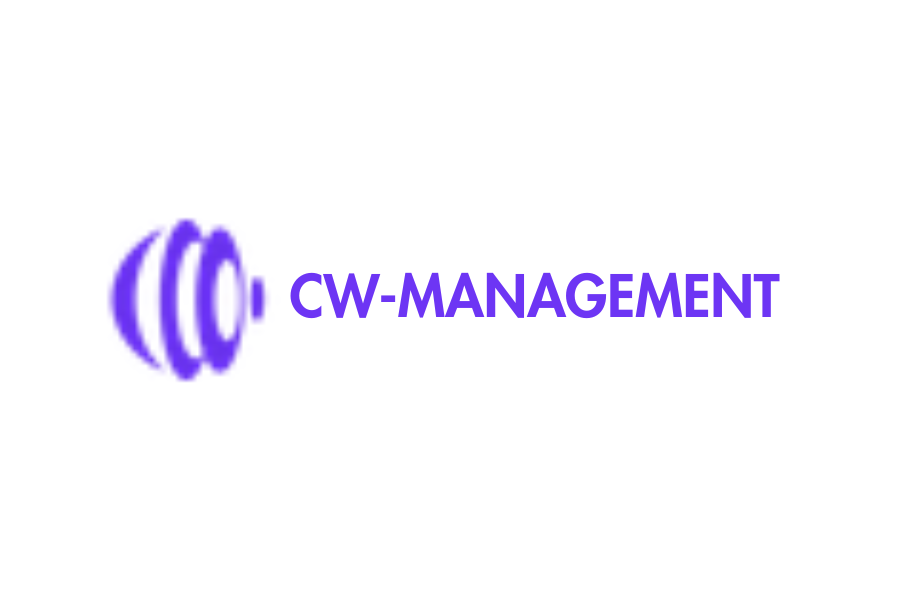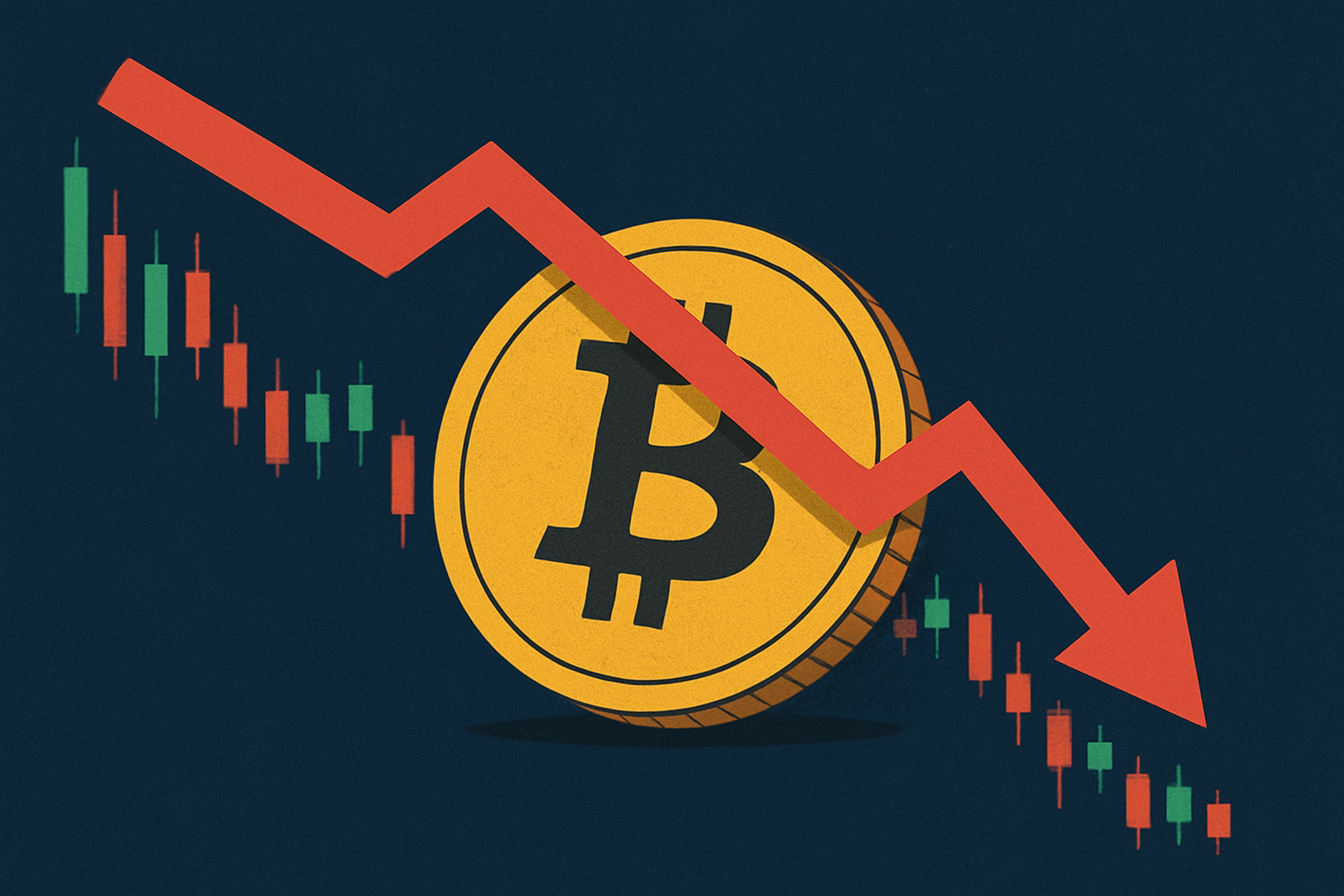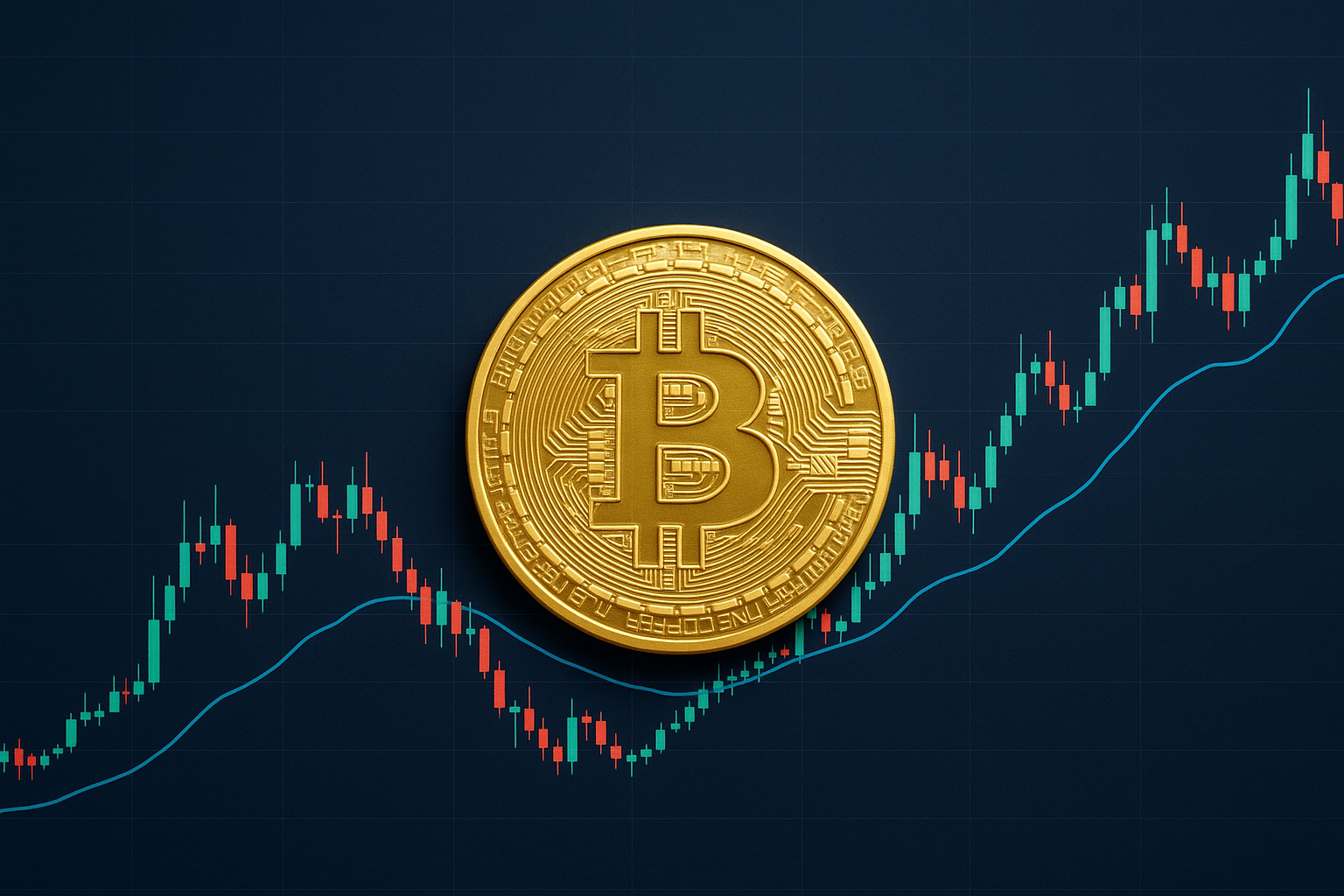Introduction
Elon Musk, the billionaire entrepreneur known for his disruptive ideas in technology and finance, has once again made headlines with a revolutionary proposal: integrating blockchain technology into the US Treasury. Musk believes that blockchain could bring unprecedented transparency, efficiency, and security to the financial system, potentially reshaping the way government funds are managed.
This idea has sparked significant debate among economists, policymakers, and technology experts. While some view it as a visionary approach to modernizing public finance, others remain skeptical about its feasibility and implementation challenges. In this article, we will explore Musk’s proposal in detail, the potential advantages and drawbacks of putting the US Treasury on blockchain, and how this move could transform the future of financial governance.
Understanding Musk’s Blockchain Proposal For The US Treasury
Elon Musk’s idea of integrating blockchain into the US Treasury aims to enhance financial transparency and reduce inefficiencies in government spending. But what exactly does this entail?
What is Blockchain Technology?
Blockchain is a decentralized, distributed ledger technology that records transactions across multiple computers. This ensures that records are immutable, secure, and transparent. Originally designed for cryptocurrencies like Bitcoin, blockchain has since been adopted in various industries, including supply chain management, healthcare, and finance.
Musk’s vision is to leverage blockchain’s immutable nature to track and manage US Treasury transactions. This would mean that every dollar spent or received by the government would be recorded on a transparent ledger, accessible to the public in real time.
Why Does Musk Want Blockchain for the US Treasury?
The US Treasury is responsible for managing government funds, issuing debt, and overseeing financial regulations. However, government financial management is often criticized for inefficiencies, lack of transparency, and susceptibility to fraud.
Musk argues that blockchain could:
Enhance transparency: Every transaction would be recorded publicly, preventing hidden expenditures.
Reduce corruption: Eliminating the possibility of altering or manipulating financial records.
Improve efficiency: Reducing bureaucracy and paperwork associated with traditional financial systems.
Ensure security: Using cryptographic security to protect against cyber threats.
Potential Benefits Of A Blockchain-Based US Treasury
The idea of using blockchain for managing national finances comes with several advantages. If implemented correctly, this system could revolutionize the way the government handles taxpayer money.
Transparency and Public Trust
One of the most significant advantages of using blockchain for the US Treasury is transparency. With all transactions recorded on a public ledger, citizens could track how the government is spending their tax dollars. This would help build trust in the financial system and hold government officials accountable for their financial decisions.
Elimination of Fraud and Corruption
Government financial fraud is a major issue. From misallocated funds to corrupt financial practices, billions of dollars are lost every year due to fraudulent activities. Blockchain’s immutable nature ensures that once a transaction is recorded, it cannot be altered or erased, making fraud nearly impossible.
Real-Time Financial Oversight
Currently, government financial reports are published periodically, making it difficult for citizens to monitor real-time financial activities. A blockchain-based Treasury would allow instant access to financial records, enabling real-time auditing and oversight.
Cost Reduction in Financial Management
Traditional financial systems involve intermediaries such as banks, auditors, and bureaucrats, all of whom add layers of cost and inefficiency. Blockchain can automate many of these processes, reducing the need for middlemen and lowering operational costs.
Efficient Debt Management and Issuance of Bonds
The US Treasury regularly issues bonds to raise funds. A blockchain-based system could streamline the issuance of government bonds, allowing investors to track and purchase them more efficiently. Smart contracts could be used to automate interest payments and redemptions.
Cybersecurity and Data Protection
Financial systems are frequently targeted by hackers. Blockchain’s decentralized nature makes it highly resistant to cyberattacks. By distributing financial records across multiple nodes, the risk of a single point of failure is eliminated.
Challenges And Concerns Of A Blockchain-Based US Treasury
While the idea of moving the US Treasury onto blockchain sounds promising, it also presents several challenges and concerns.
Scalability Issues
The US Treasury handles billions of dollars in transactions daily. Current blockchain technology, especially public blockchains like Bitcoin and Ethereum, struggles with high transaction volumes. A new, highly scalable blockchain infrastructure would be needed to support the vast financial operations of the Treasury.
Privacy and National Security Risks
While transparency is a major benefit, excessive openness could also pose national security risks. If government transactions are publicly recorded, adversarial nations or entities could exploit this data to predict economic strategies or manipulate markets. A balance between transparency and privacy must be established.
Resistance from Bureaucracy and Traditional Institutions
Implementing blockchain in government finance would require a complete overhaul of existing financial systems. Many bureaucratic institutions and financial intermediaries might resist such a transformation due to fear of losing control or relevance.
Regulatory and Legal Complexities
Blockchain technology is still relatively new, and integrating it into a highly regulated entity like the US Treasury would require extensive legal modifications. Questions regarding compliance with existing financial laws and international regulations would need to be addressed.
Energy Consumption
Some blockchain networks, such as Bitcoin, require massive computational power, leading to concerns about energy consumption. If the US Treasury were to adopt blockchain, a more energy-efficient blockchain model would be necessary.
Could This Proposal Become A Reality?
While Musk’s idea is futuristic, it is not entirely impossible. Several countries are already exploring blockchain-based financial systems.
China’s Digital Yuan and Blockchain Experiments
China has been a pioneer in experimenting with blockchain for government use. The country has launched the Digital Yuan, a central bank digital currency (CBDC), which operates on a blockchain-like system to track financial transactions.
El Salvador’s Bitcoin Adoption
El Salvador has embraced Bitcoin as legal tender and has begun using blockchain for various governmental transactions. This proves that national governments can integrate blockchain into their financial systems.
US Government’s Existing Blockchain Projects
The US government has already started experimenting with blockchain in some areas, such as identity verification and supply chain tracking. Expanding its use to the Treasury is not entirely out of reach, especially as digital assets and cryptocurrencies gain mainstream acceptance.
Conclusion
Elon Musk’s proposal to put the US Treasury on blockchain is a bold and radical idea that challenges the traditional financial system. While it presents significant advantages in terms of transparency, efficiency, and security, it also comes with notable challenges such as scalability, regulatory concerns, and privacy risks.
If implemented correctly, a blockchain-based Treasury could revolutionize how governments manage and spend money. However, such a transformation would require significant technological advancements, policy changes, and public acceptance. As the world continues to embrace digital assets and blockchain technology, Musk’s vision may not be as far-fetched as it seems. Whether the US government takes this proposal seriously remains to be seen, but one thing is clear: the future of finance is evolving, and blockchain will likely play a crucial role in shaping it.



